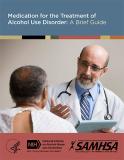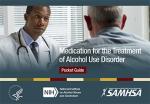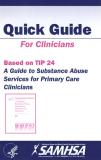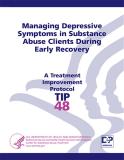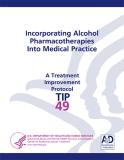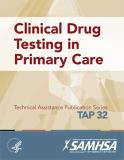
This manual offers guidance to clinicians on implementing drug testing in their practice. It presents the mechanics of testing and outlines steps for preparing staff.
Units per Product
Download
TAP 32
File Type: PDF
File Size: 4.13 MB


